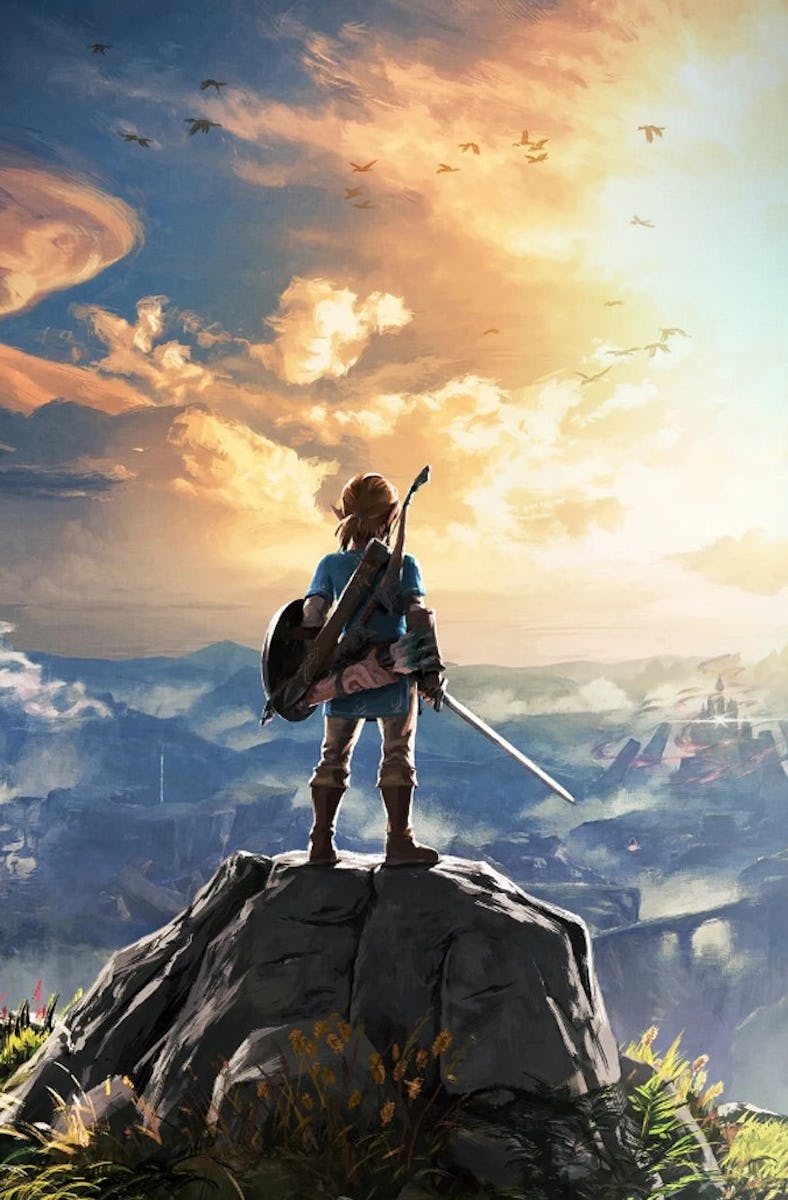Tears of the Kingdom Reveals a Surprising Truth About the Zelda Timeline
Live in the moment.

The Legend of Zelda has always been a newcomer-friendly series. Though each game is largely disconnected, this hasn’t stopped fans from rabidly debating the official series’ timeline for decades. Nintendo itself even loosely confirmed the timeline in 2011, with a book called The Hyrule Historia.
Every time a new game releases it leads to rampant speculation about where it fits. But Tears of the Kingdom seems to prove, once and for all, that none of that really matters.
If you’re unfamiliar with the Zelda timeline, you can see a full explanation on the official wiki, but essentially the series splits into three different paths after Ocarina of Time. Saying it’s a bit convoluted is being generous, but the crux here is that you don’t need to understand the timeline at all in order to play any Zelda game. What’s even more important, however, is that Nintendo clearly doesn’t care all that much about the timeline either.
According to the official “timeline,” Skyware Sword is chronologically the first Zelda game.
This becomes evident by how little emphasis both Tears of the Kingdom and Breath of the Wild put on connecting their stories. There are plenty of subtle nods and references to past games, but TotK is wholly concerned with telling its own story. You can easily jump into the latest game without knowing anything about BotW, even though it’s a “direct sequel.”
That gets to the very heart of what makes the Zelda series so special, how unique and vibrant each and every experience is. Despite having core tenets, every Zelda game introduces wildly unique gameplay mechanics that often tie directly into the story. This includes the twisty time travel of Majora’s Mask, the diminutive exploration of Minish Cap, and even the train-fueled mayhem of Spirit Tracks.
Zelda has never had bad storytelling, but the narratives always exist in service to the overall gameplay experience. For decades that approach has constantly let Zelda flourish, and allowed Nintendo to redefine genres multiple times. Not having to connect to past Zelda games or loop in some ethereal “timeline” really lets each title be experimental and ambitious. It’s easy to argue that the idea of each game being standalone is really integral to what makes Zelda so special.
The storytelling mode here is more like Greek and Roman myths than your typical video game. Zelda, Link, and Ganon are constantly being reimagined by storytellers and artists over the course of decades. It’s right there in the title of the series — this is a “legend,” not a history.
A large part of TotK's story takes place in the “ancient past,” but the ambiguity of when that happens is part of what makes the narrative work.
On the other hand, talk about the timeline has almost exclusively been a product of the community. Outside of the Hyrule Historia, Nintendo never talks about the timeline, it’s not something that pops up in interviews or official marketing. That’s kind of the beauty of it, though. The ambiguity of Zelda’s narratives lets fans run wild with their imagination, filling in any perceived gaps.
All of this is a roundabout way of saying it truly doesn’t matter where TotK falls on the timeline, and having that information would have zero effect on the kind of experience the game provides. Nintendo clearly enjoys slipping small references into their games, like dozens of location names in TotK being from past games, or finding the Fierce Diety mask. That’s all fine, but the timeline is best left to the imagination.
This article was originally published on